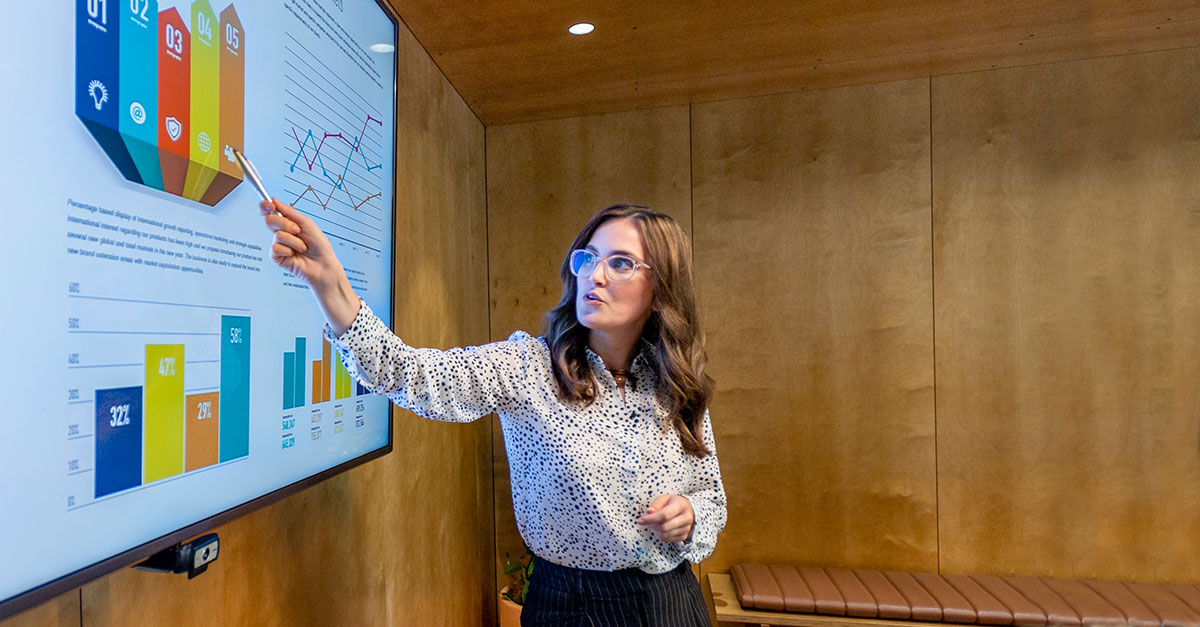Healthcare Marketing and Research Blogs
What’s working right now.
Hailey Sault research, interviews with experts in the field, insights, issues, opinions, just plain fun things to think about—all related to health and healthcare marketing—and all about what’s working right now.
Recent Blogs

Elevating Authentic Healthcare Stories: Best Practices for Harnessing AI
In the ever-evolving healthcare landscape, where technological advancements are continually shaping the industry, striking a balance between the human touch and innovative technology is crucial.

Act Now for Q4 Success: The Transformative Power of Human-Centered Design
This year’s healthcare landscape has been nothing short of tumultuous. With rising costs, payer challenges, and increasing pressures on clinicians, health systems are finding themselves

Why Evolve to Human-Centered Design Strategies? Simple: Performance.
The fourth of a series of four Hailey Sault Engage newsletter insights for 2023 Let’s face it, healthcare has seen a whirlwind of tech transformation

Want To Deliver More Marketing ROI? Create a Better Foundation.
The third of a series of four: Hailey Sault’s Engage newsletter insights for 2023. With Kaufman Hall reporting pressure on profit margins squeezing health systems across the country,

2023 Insights. Digital and Virtual Health is here to stay. Is your brand optimized?
The second of a series of four: Hailey Sault’s Engage newsletter insights for 2023. The future of healthcare is here, and digital and virtual health

2023 Insights. Apply Patient-Centric and Human-Centered Design solutions to drive marketing performance.
If the last thirty-six months have taught us anything, it’s that innovation is one of the most important determinants of success since the beginning of

Marketing to Stressed Out Healthcare Consumers
Are you more stressed out today than you were a year ago? Unfortunately, so are your healthcare consumers. For marketers, stressed consumers mean scattered journeys

Is Healthcare Branding Making a Comeback?
Leading health systems are investing in branding campaigns and strategies in record numbers to reengage populations and create new dimensions of loyalty and engagement. But

Healthcare Marketers: Do You Have a Disruption Mindset?
Well, it’s official. The Great Healthcare Disruption is here. And depending on who you are (and perhaps what organization you’re with), you’re feeling either: Nervously
